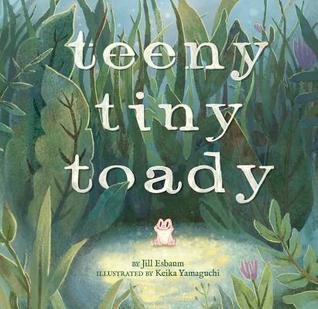
Hardcover, 32 pgs.
I am an Amazon Affiliate
Santa Clauses: Short Poems from the North Pole by Bob Raczka, illustrated by Chuck Groenink, emphasizes what we already know about Santa Claus and his life as a gift giver, toy maker, husband, and reindeer trainer. But he has one more talent, a secret talent — he’s a poet who write haiku. Inside this book, there are 25 haiku poems that illustrate life at the North Pole, giving young readers and inside look at what it is like to be Santa Claus.
Although some of the haiku are not perfect, and one or two are a bit simplistic, overall the haiku are fun to read, and would make a great addition to the holiday reading list with little kids. My favorite haiku is the one in which Mrs. Claus becomes a young girl again, making a snow angel. My daughter loves the part when Comet and the white fox return from the woods with their own Christmas tree, helping Santa with his preparations.
Some of the haiku will have readers thinking about the stories they know well, and others will have readers looking at things a little differently. Santa Clauses: Short Poems from the North Pole by Bob Raczka, illustrated by Chuck Groenink, is a cute book with short poems that could be read one day at a time beginning on Dec. 1.
Rating: Quatrain
About the Author:
Bob Raczka loved to draw, especially dinosaurs, cars and airplanes, as a boy. He spent a lot of time making paper airplanes and model rockets. He studied art in college, which came in quite handy while writing a series of art appreciation books, Bob Raczka’s Art Adventures. He also studied advertising, a creative field in which he worked in for more than 25 years. Bob also discovered how much he loved poetry and began writing his own. His message for today’s kids is to make stuff!”



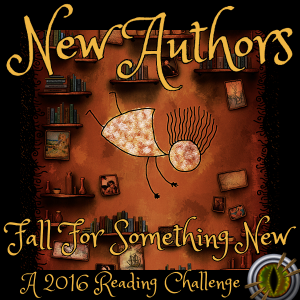
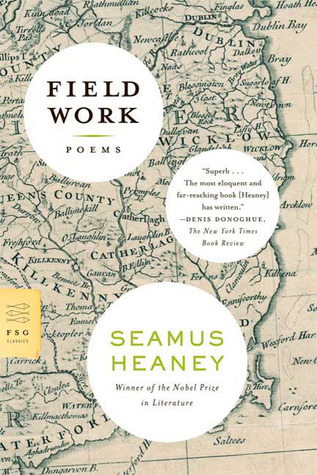
 About the Poet:
About the Poet:
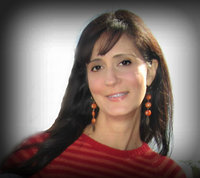 About the Author:
About the Author:




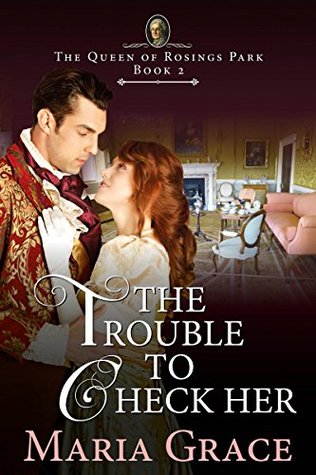
 About the Author:
About the Author:
 About the Author:
About the Author:
 About the Author:
About the Author: